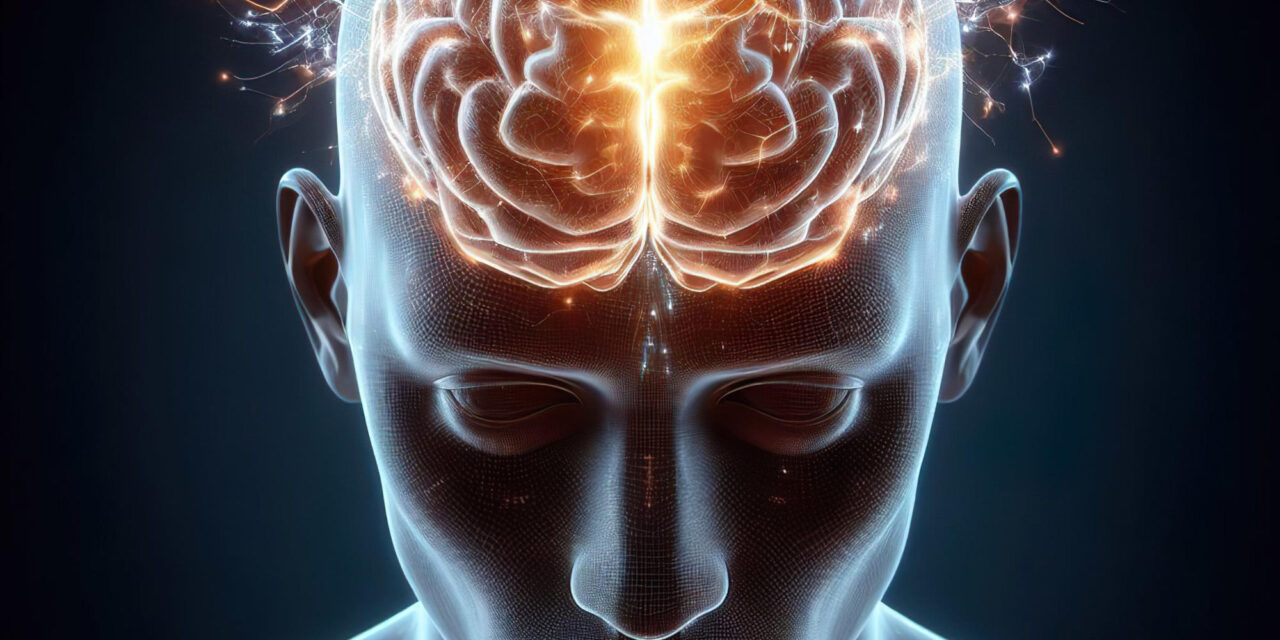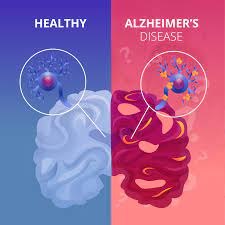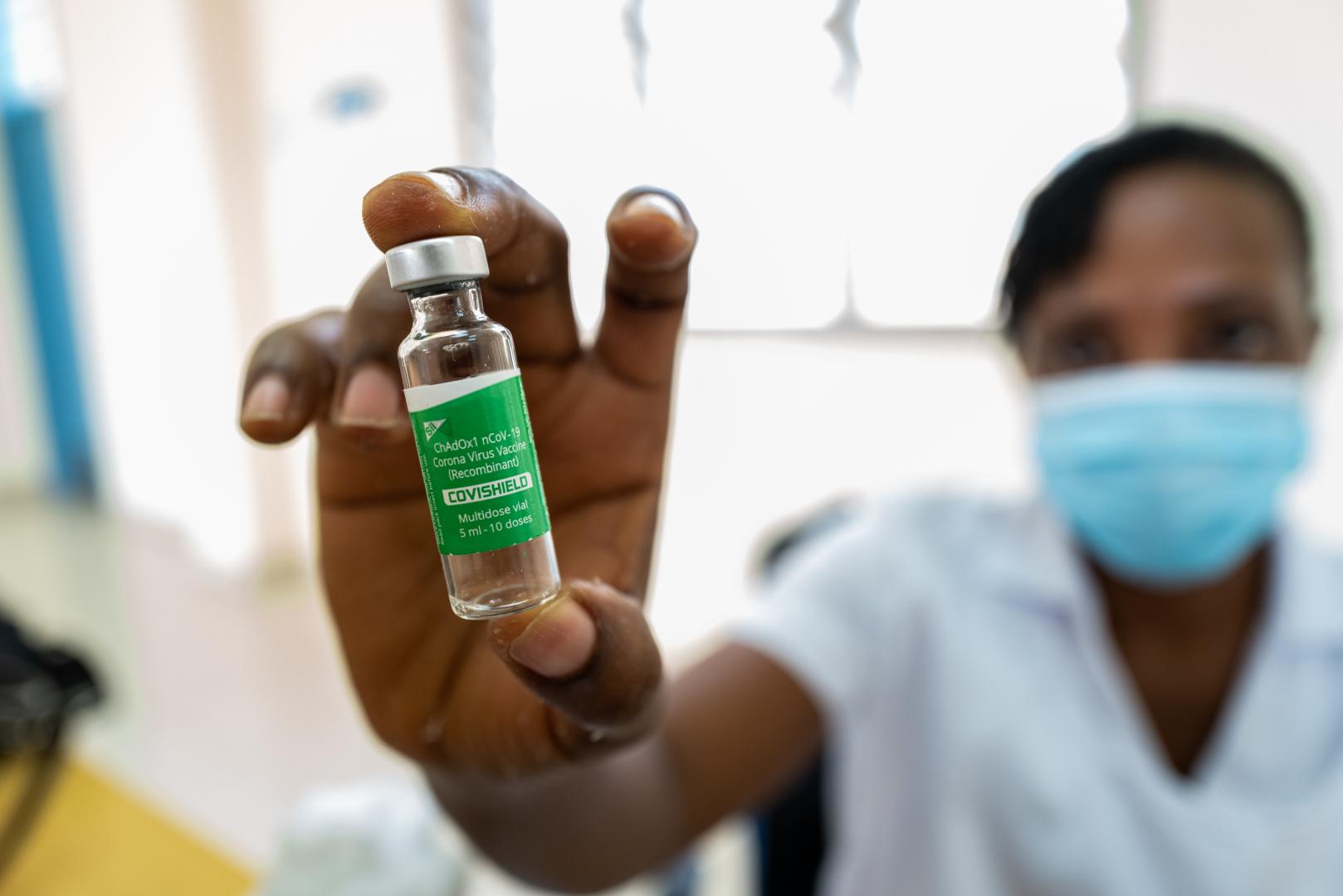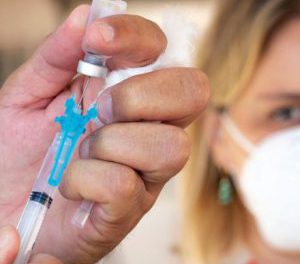For many, living at high altitudes—where oxygen levels are lower than at sea level—can offer significant health benefits, such as reduced rates of heart disease and enhanced endurance. However, for individuals suffering from inherited mitochondrial diseases—many of whom do not survive beyond childhood—low-oxygen environments could be life-saving. These conditions may prolong lifespan and alleviate severe symptoms.
Now, scientists at Gladstone Institutes have developed a groundbreaking drug that mimics the effects of low-oxygen exposure. Named HypoxyStat, this drug has demonstrated remarkable success in preclinical studies. When tested on mice with Leigh Syndrome—the most common childhood mitochondrial disease—HypoxyStat extended lifespan more than threefold and reversed brain damage and muscle weakness, even when administered at later disease stages.
A Game-Changer in Mitochondrial Disease Treatment
“It’s not practical for every patient with this disease to move to the mountains,” says Dr. Isha Jain, senior investigator of the study published in Cell. “But this drug could offer a controlled and safe alternative to achieving the same benefits.”
The active compound in HypoxyStat was identified in collaboration with Maze Therapeutics, based in South San Francisco. Researchers are now refining second-generation versions of the drug to enable clinical application.
Preventing Oxygen Overload
Leigh Syndrome is a rare genetic disorder in which mitochondria—the cellular powerhouses responsible for producing energy—function inefficiently, leading to excessive oxygen buildup in tissues. While oxygen is essential for survival, an overload can become toxic, damaging and killing cells.
In 2016, Jain and her team discovered that exposing mice with Leigh Syndrome to low-oxygen air—equivalent to altitudes of 4,500 meters (14,764 feet)—could alleviate symptoms. The therapy worked by reducing the amount of oxygen entering the lungs, preventing the defective mitochondria from becoming overwhelmed.
“With Leigh Syndrome and related disorders, the problem isn’t just energy depletion but also excess oxygen accumulation,” explains Jain, who is also a core investigator at Arc Institute and a professor at UC San Francisco. “By lowering oxygen supply, we can correct this imbalance.”
Jain’s lab sought to replicate this effect without requiring patients to breathe low-oxygen air. Their focus was hemoglobin—the molecule that transports oxygen in the bloodstream.
“If we adjust how hemoglobin binds oxygen, we can control its delivery to tissues,” says Skyler Blume, research associate at Gladstone and first author of the study. “Counterintuitively, we needed a drug that makes hemoglobin bind oxygen more tightly, so less oxygen reaches tissues—simulating a low-oxygen environment.”
Through their research with Maze Therapeutics, Jain and Blume identified an ideal compound, which they now call HypoxyStat.
A Pill with Life-Saving Potential
Originally designed for an unrelated sickle cell anemia treatment, HypoxyStat was found to increase hemoglobin’s oxygen-binding affinity, thereby reducing oxygen delivery to tissues.
When administered daily to mice with Leigh Syndrome from an early stage, the drug prevented brain lesions, muscle weakness, and loss of coordination—tripling their lifespan. Even when given later, after severe symptoms had developed, HypoxyStat reversed brain damage, improved behavior, and restored normal body temperature.
“The drug didn’t just stop the disease—it reversed it,” says Blume. “We saw similar results with inhaled low-oxygen therapy, and we successfully replicated this effect with HypoxyStat.”
Beyond Leigh Syndrome, researchers believe HypoxyStat could be beneficial in treating other mitochondrial diseases, as well as certain brain and cardiovascular conditions where controlled oxygen reduction has therapeutic potential. They also suggest that drugs could be developed to manipulate hemoglobin in the opposite way—to enhance oxygen delivery to tissues.
“Gas-based therapies are a novel and promising concept,” says Jain. “Being able to package them into a pill is an exciting breakthrough, and we’re eager to explore where this strategy can lead.”
Disclaimer: While HypoxyStat has shown significant promise in animal studies, it has not yet been approved for human use. Further research and clinical trials are necessary to determine its safety and efficacy in patients. The findings presented in this article should not be interpreted as medical advice or an endorsement of unapproved treatments.












